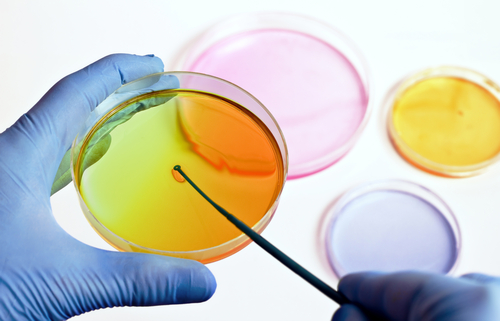 Research into some of the world’s most prevalent and deadly gastrointestinal disease is set to take a new turn in researching and developing a new class of therapeutics. A new collaboration has just been announced between leader in micro biome medicine, Second Genome, and the Mayo Clinic Center for Individualized Medicine. The two companies will be cooperating on research and development on treatments for a number of diseases, including inflammatory bowel disease (IBD), metabolic diseases, and colorectal cancer.
Research into some of the world’s most prevalent and deadly gastrointestinal disease is set to take a new turn in researching and developing a new class of therapeutics. A new collaboration has just been announced between leader in micro biome medicine, Second Genome, and the Mayo Clinic Center for Individualized Medicine. The two companies will be cooperating on research and development on treatments for a number of diseases, including inflammatory bowel disease (IBD), metabolic diseases, and colorectal cancer.
“We believe that Second Genome’s drug discovery capability complements our clinical expertise, and our hope is that together we can develop new treatment approaches for patients across a wide range of diseases with significant unmet clinical need,” said Heidi Nelson, M.D., director of the Microbiome Program in the Mayo Clinic Center for Individualized Medicine. “The ultimate goal is to improve the lives of patients.”
One of the stipulations of this new partnership is for Second Genome to list 8 clinical indications that could benefit from microbiome science application, and work closely with Mayo Clinic microbiome specialists for further research. In turn, the Mayo Clinic will provide appropriate clinical samples for use with Second Genome’s specialized platform, and commit an equity investment.
Second Genome is expected to benefit greatly from this new partnership, as they will gain access to Mayo Clinic’s comprehensive experience in retro- and prospective disease research and testing while bolstering their initiatives in IBD and metabolic diseases, and their expansion to colorectal cancer.

